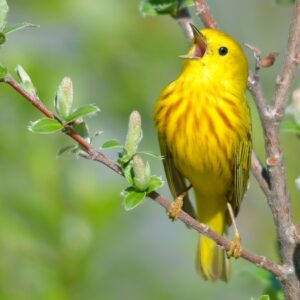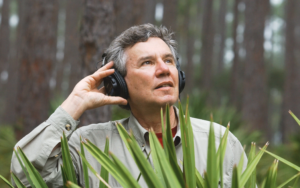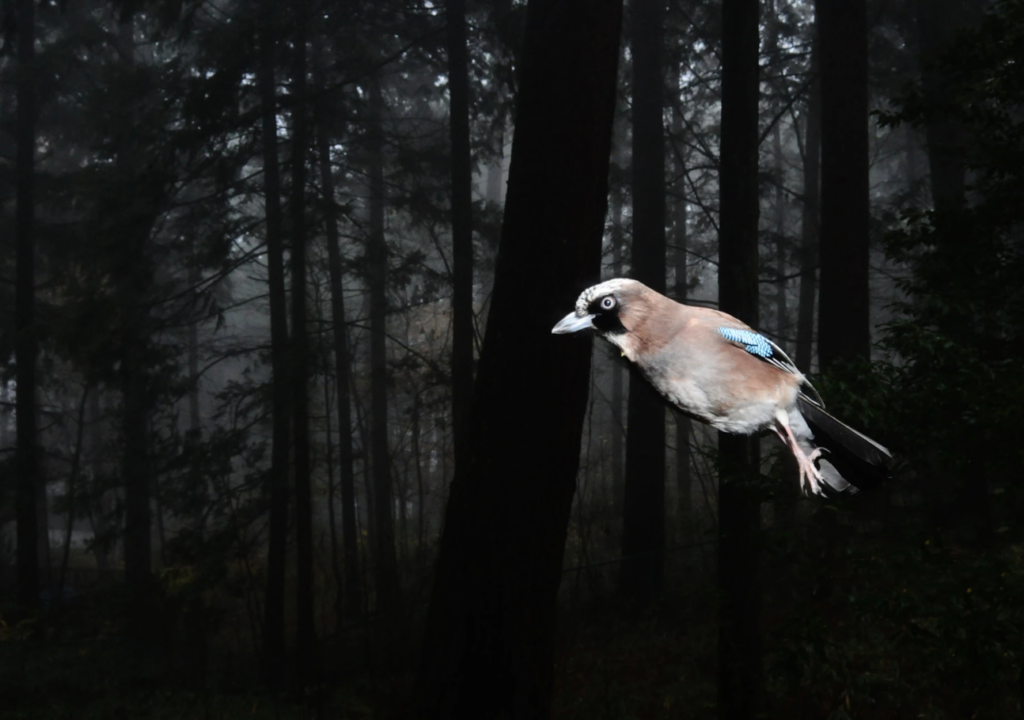My day typically starts with a cup of coffee on my porch and birdsongs. The state of California, where I live, is known for its variety of bird species. Dark-eyed Juncos, California Towhees, Oak Titmice, and Cedar Waxwings fill the morning air with sweet symphonic sounds.
While this experience has blessed my family since my great-grandfather moved here sixty years ago, I can’t help but wonder how many more avian instrumentalists existed then.
We’ve lost 3 billion birds in the last 50 years. While recent conservation efforts have slowed this rate, birds continue to face extinction hundreds of times faster than previously thought.
Scientists suggest that this extinction is due to a wide range of anthropogenic pressures:
- habitat degradation
- changing global temperatures
- poaching and egg collection
- invasive predators
The impacts of bird species loss are significant. Birds provide important ecosystem services, including:
- seed dispersal and pollination
- nutrient cycling
- scavenging carcasses
- pest control
Birds fill essential ecological niches that cannot be replaced. After all, there aren’t many organisms that spend the majority of their lifetime in the sky, flying.

Bird Vocalizations
When we think about the various traits of birds, we think about their intricate colors and patterns—and we think of their songs. Birds are the musicians of the natural world. They evoke nostalgia, transcending us back in time to cherished childhood memories.
There is a large amount of song diversity between species, and these sounds can be categorized into two distinct classes: calls and songs. Calls are short and sweet, and consist of simple vocalizations that have functions such as defense, whereas songs are drawn out, complex vocalizations produced primarily for mating functions. Additionally, each individual has a repertoire of songs that possess special functions.
While it is very easy to take these soundscapes for granted and think of them as dispensable byproducts of nature, birdsongs contain a rich importance for biodiversity and ecological relationships.
Soundscape Types
The field of soundscape ecology is a relatively new scientific discipline that focuses on the bioacoustic relationship between humans, non-human organisms, and their environments. Dr. Bernie Krause has been central to the emergence of soundscape ecology and has been recording and collecting bioacoustic soundscapes of natural environments since the 1960s.

He writes, “Every place in the world sounds unique. These soundscapes tell us a story about that place. They tell us the ways in which global warming is beginning to change the natural soundscape. We are beginning to lose these soundscapes because the habitats are just changing too radically and we are partly to blame for that.”
Krause distinguishes between the three main sources of a soundscape:
- The geophony, or the nonbiological sounds that occur in a system
- The biophony, or the sounds that are generated by organisms in a system
- And the anthrophony, or the sounds generated by humans in a system
Krause carefully points out that while there are anthrophonic sounds, like music or theatre, that contain beauty and grace, most are chaotic and incoherent. He has noticed the pervasiveness of human-induced sounds in natural soundscapes, which is typically coupled with the lack of the bioacoustics of other organisms.
While birds, of course, are not the only organism that contributes to a biophony of a given habitat, Krause’s research exhibits the bleak reality of bird soundscape extinctions in environments across the world.
The Lincoln Meadow Case
As I dug through Krause’s database of field recordings, I stumbled across one containing a familiar title: “Lincoln Meadow.”
Lincoln Meadow is about a three hour drive east of San Francisco, California in the Sierra Nevada Mountains, resting at an altitude of about 2,000 meters. This landmark is a place my family has been visiting since I was a young.
Krause’s soundscape recordings of Lincoln Meadow are organized into two spectrograms that measure the frequency of sound during a period prior to logging operations and one year after they were performed.
The variation in bird soundscapes between these recordings is staggering. The first recording (the habitat before the start of logging) is densely rich in sound—a perfect representation of The Great Animal Orchestra. The diversity of the biophony of this system is evident: you can hear the insects, the birds, the amphibians, the mammals. The second recording (the habitat after logging operations) is noticeably emptier.
After listening to these soundscapes, I watched a Ted Talk with Dr. Krause in which he referenced the Lincoln Meadow spectrograms. He showed images of the region pre- and post-logging, and, to my shock, there was no perceptible difference in the tree populations of the ecosystem. He explained that the logging company implemented a method called “selective logging,” where tree populations were strategically cut down rather than clear cut.
Why then was the bird soundscape so different? Could the change in soundscape tell us something about the interspecies relationship between birds and trees? Is the disappearance of bird soundscapes an emotional response to the loss of trees?

To make accurate observations about ecology, we must utilize all of our sensory processes. While visual frames are limited frontal perspectives of a spatial context, soundscapes have no boundaries.
Dr. Krause puts it beautifully, “While a picture may be worth 1,000 words, a soundscape is worth 1,000 pictures.” And maybe, if we learn to listen carefully, we will begin to learn the secrets of life—that all living things express and deserve love.
The soundscapes of the natural world are trying to speak to us. They are warning signs about the bleak reality of the diversity of life on earth. But simply listening is not enough anymore. We must begin to trust our avian friends, and we must begin to act.

Well Done Parker. I enjoyed reading and recently developed an interest in birds. in fact, last night I recorded the “hoot” of a Great Horned Owl outside my bedroom at 4;00am
Enjoyed your writing. Look forward to seeing you soon
Papa